Chemical Blog Posts
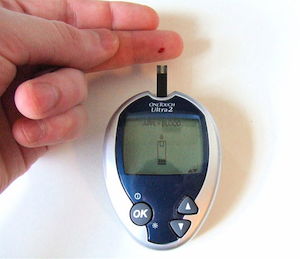
Modeling Electrochemistry for Managing Diabetes
An estimated 350 million people worldwide are living with diabetes. By modeling electrochemical processes, biomedical engineers can analyze and optimize the glucose sensing process.
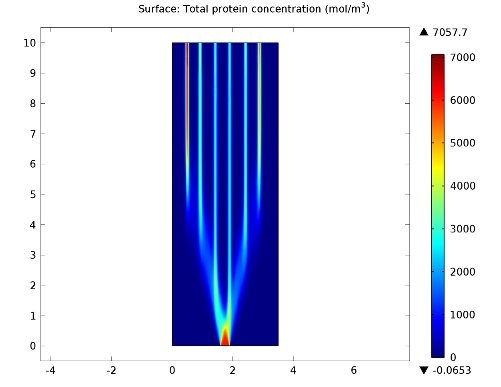
Isoelectric Focusing and the Migration of Chemical Species
Isoelectric focusing is a type of electrophoresis used by researchers to identify small chemical differences between molecules. Learn about using the COMSOL® software to analyze this process.
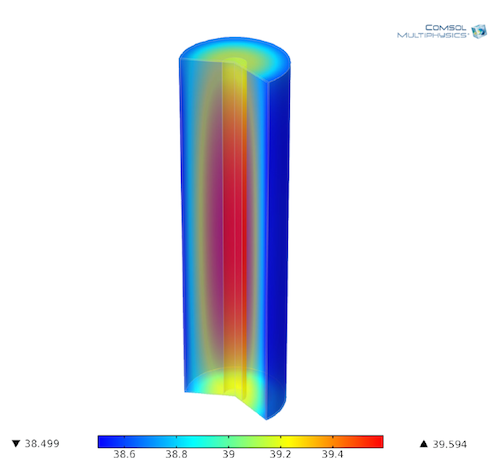
Modeling Lithium-Ion Batteries for Quality and Safety Assurance
Intertek Semko AB assesses more than 20,000 lithium-ion batteries per year. Learn about how they use COMSOL Multiphysics® to understand and analyze their battery and fuel cell designs.
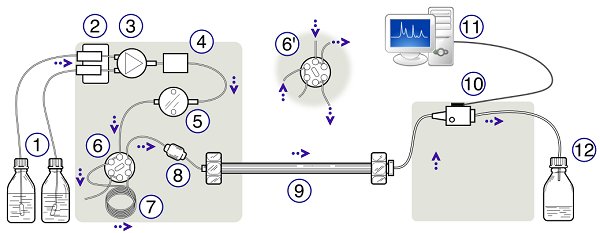
Modeling High-Performance Liquid Chromatography
High-performance liquid chromatography involves mixing a solvent from a reservoir with a sample zone containing the analytes to be separated and then pumping the mixture into an injector.
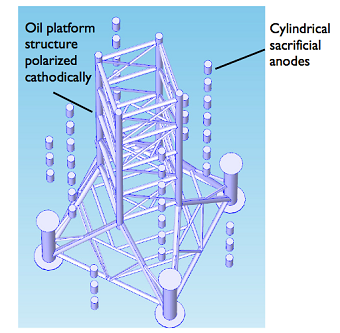
Intro to Corrosion Modeling for the Oil and Gas Industry
From impressed cathodic current and anodic protection to sacrificial anodes, there are several ways you can protect structures from corrosion. We discuss some modeling considerations here.
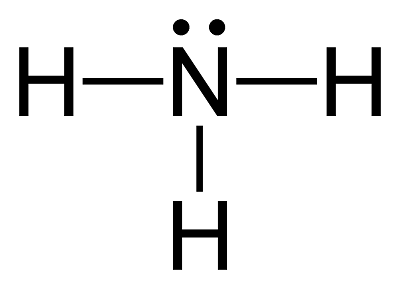
Ammonia Synthesis, a Complex and Nonlinear Process
In the final installment of our Chemical Kinetics blog series, we discuss the complex and nonlinear process of synthesizing ammonia. Get an overview of the equations and modeling considerations.
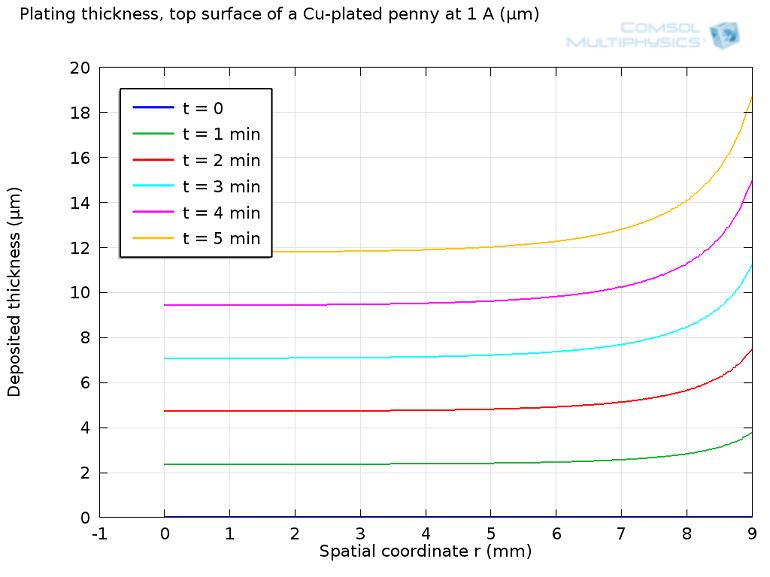
Electroplating: How the U.S. Mint Makes a Penny
Did you know that a penny actually doesn’t contain a lot of copper? Learn about how the U.S. Mint makes pennies through the process of electroplating, which can be studied with chemical modeling.
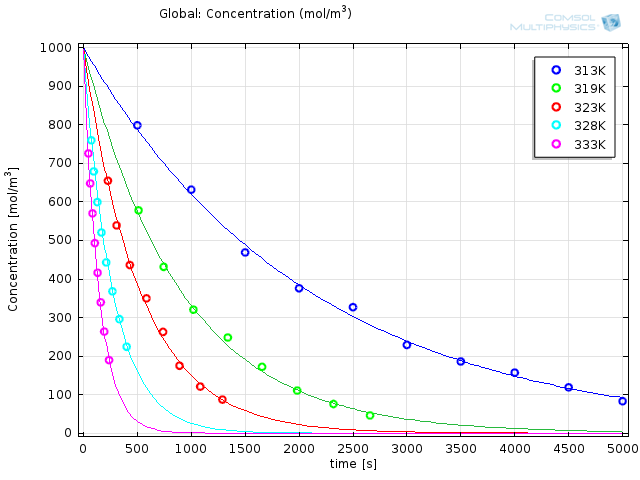
Chemical Parameter Estimation Using COMSOL Multiphysics
In this installment of our blog series on chemical kinetics, we discuss how to estimate the chemical parameters of your model in COMSOL Multiphysics®.
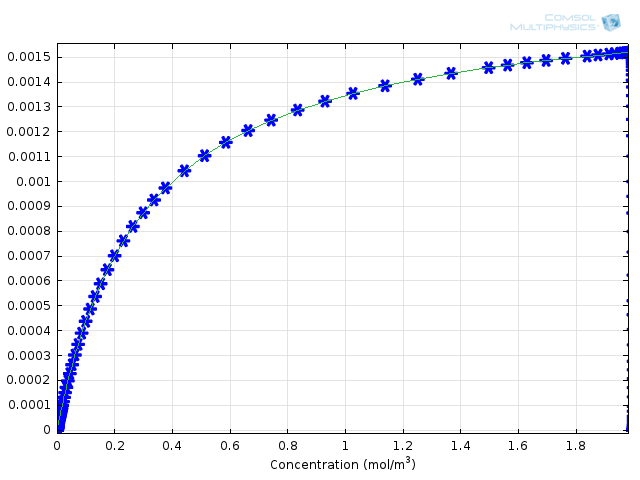
Enzyme Kinetics, Michaelis-Menten Mechanism
For the 100-year anniversary of the Michaelis–Menten mechanism, we honor the trailblazing publication the best way we know how — with simulation.
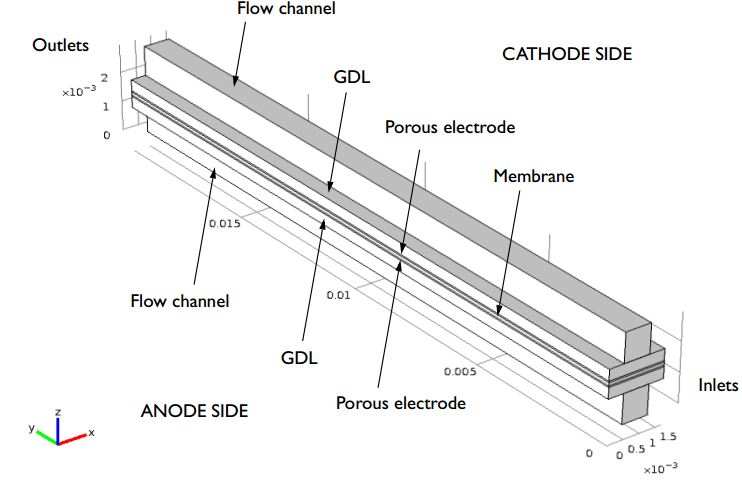
PEM Fuel Cell Modeling Examples
What can you study in a proton exchange membrane fuel cell? Mass transport, ohmic losses, temperature distribution, species transport, serpentine flow…should we keep going?
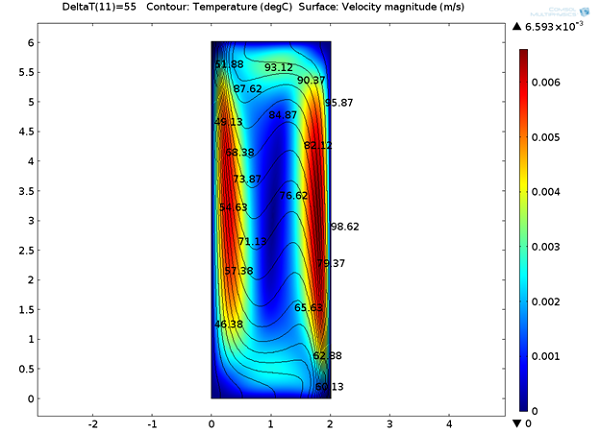
Buoyancy-Driven μPCR for DNA Amplification
True crime + simulation: The more DNA in a sample, the easier it is to accurately test and identify biomolecules, cells, and even an entire person during forensic investigations.
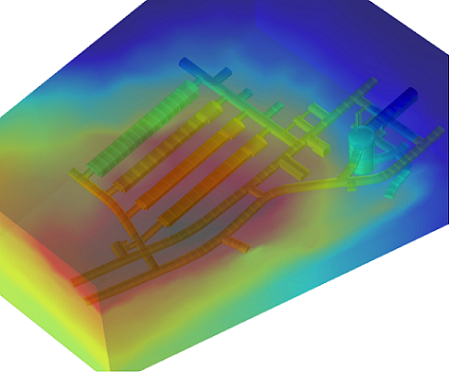
Amphos 21: Modeling Coupled Thermo-Hydro-Mechanical-Chemical Phenomena
A guest blogger from Amphos 21, a COMSOL Certified Consultant, discusses the company’s iCP technology for modeling coupled thermo-hydro-mechanical-chemical phenomena.

A General Introduction to Chemical Kinetics, Arrhenius Law
Countless complications and pitfalls make chemical simulations challenging. Here, we give an introduction to chemical kinetics and Arrhenius law to help >>
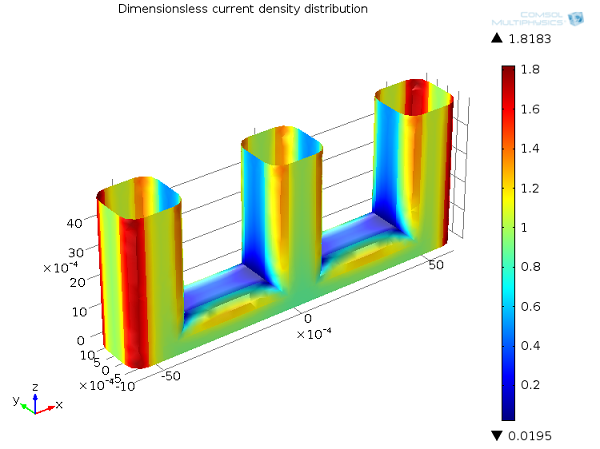
Which Current Distribution Interface Do I Use?
See the different current distributions with a wire electrode example to help you choose between the current distribution interfaces in COMSOL Multiphysics® for your electrochemical simulations.
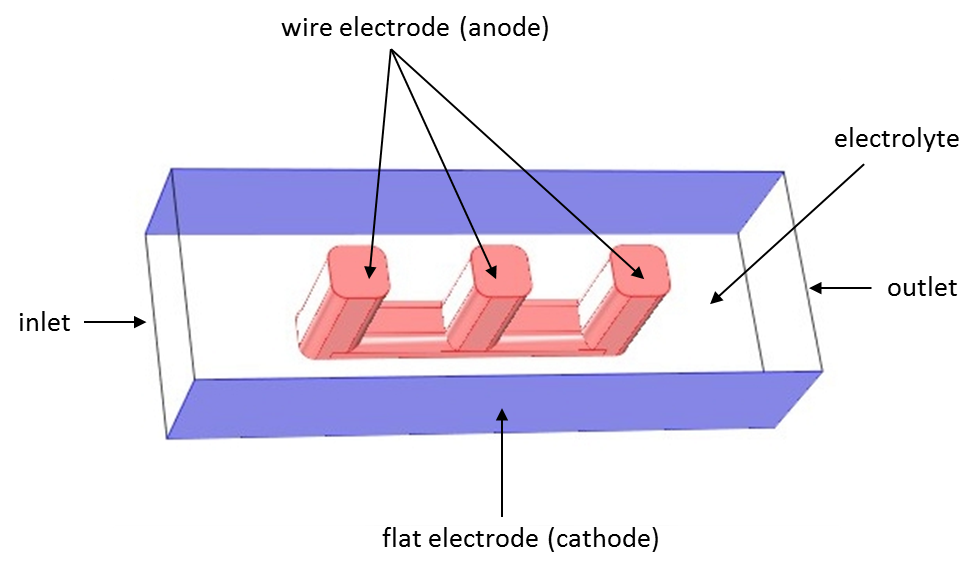
Theory of Current Distribution
Here, we discuss one of the building blocks that make up hybrid parallel computing, namely shared memory computing, as well as when and how to use shared memory with COMSOL Multiphysics®.
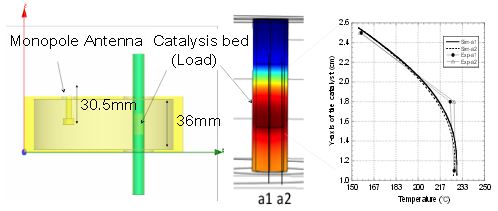
Research on Microwave Heating and Chemical Applications
There were many interesting posters at this year’s COMSOL Conference in Boston. A couple that caught my eye involved microwave heating and chemical applications. One of them showcases the use of microwave irradiation to speed up chemical reactions. Another — one of the recipients of the Best Poster award — used simulations to optimize their microreactor design with respect to microwave propagation.

Simulating the Freeze-Drying Process
When thinking about freeze-drying processes, I am reminded of astronaut food like the freeze-dried ice cream I tried as a kid. While this application of freeze-drying is important for preserving food being launched into space, there is also an incredible number of noteworthy applications that are used a little closer to home. Let’s take a look at the freeze-drying process, how it can be simulated, and some of the products and designs that rely on it to function.
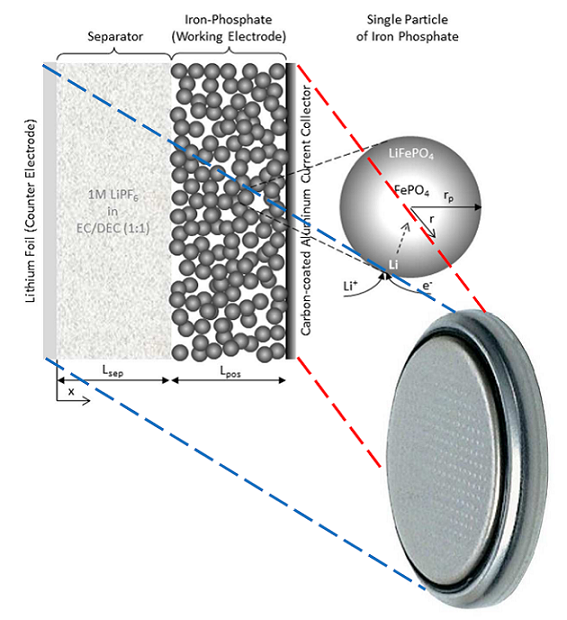
A Lithium-ion Battery Analysis at INES-CEA
During my time as a PhD student, a blue “Chemical Landmark” plaque was fitted to the building a couple of hundred yards down the road from my lab. The plaque commemorates the achievements of the researchers who made the lithium-ion (Li-ion) battery viable. Whether or not you know about the electrochemistry of rechargeable lithium-ion batteries, you probably rely on one. We carry them around in our phones and laptops, and ride in cars and planes that use them for power. […]

Thermal Analysis Measures Blistering Heat
If you roast a turkey for dinner and you need to check the temperature, the technology exists to find it. But what happens if the temperature is so hot that a consumer-grade thermometer, or any man-made device, really, would instantly melt and be destroyed? This might not be a common occurrence in your kitchen, but it is a real concern in blast furnaces, where temperatures can reach close to 1,500°C. Simply guessing is far from safe. Luckily, by simulating with […]
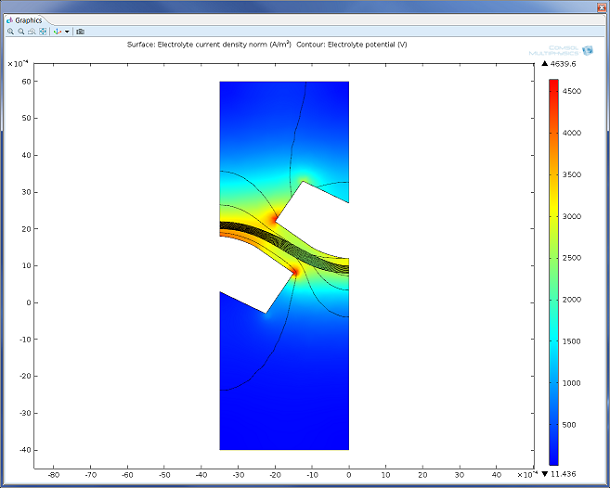
Electrochemistry, from Electroanalysis to Industrial Electrolysis
My colleague, Edmund Dickinson, recently blogged about cyclic voltammetry, and how this can be modeled. It was a fantastic blog entry, as it really described the application, and how to implement such models in COMSOL Multiphysics. While Edmund has a background in electroanalysis, where cyclic voltammetry, potentiometry, and electrochemical impedance are important tools, I had a different but similar life before COMSOL, working within industrial electrolysis. For both of us, the new Electrochemistry Module would have been the perfect tool […]
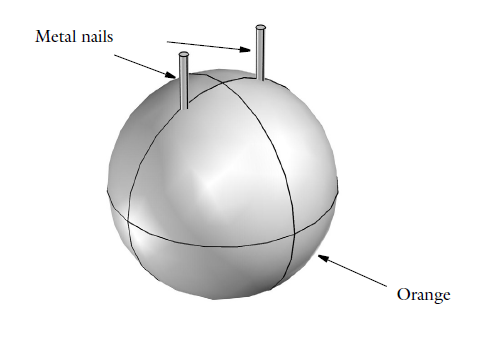
Learn How to Model Electrochemistry with an Orange Battery Tutorial
Did your chemistry teacher use an orange or lemon to demonstrate the concept of a battery, back in the day? You might remember how she magically produced electricity by sticking a couple of metal nails into the citrus fruit, as the whole class watched in awe. What if we now used simulation tools to demonstrate how an orange battery works, and then use that as an intro to electrochemistry modeling?
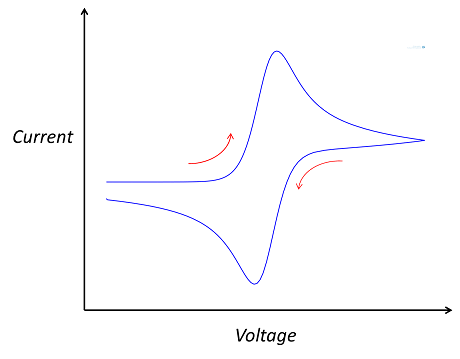
Modeling Electroanalysis: Cyclic Voltammetry
If you’re not an electrochemist, chances are you’ve never come across cyclic voltammetry. But look at any electrochemical journal, conference proceedings, or company website for manufacturers of electrochemical sensors. Somewhere near the front, you’ll see a distinctive “double-peaked” graph.
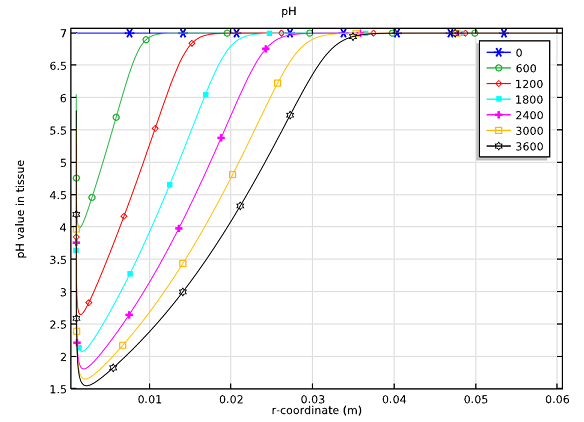
Why Model Electrochemical Applications?
It’s always been hard to place the field of electrochemistry into a more traditional engineering field. Departments and institutions that focus on electrochemical applications can be found within the faculties of Chemical Engineering, Physics, Materials Science, Physical Chemistry, and even Civil Engineering and Electrical Engineering. I believe this is because electrochemistry is heavily involved in applications that are quite varied — and in some ways quite new. Electrochemical applications need to be studied before they can be understood and optimized, […]
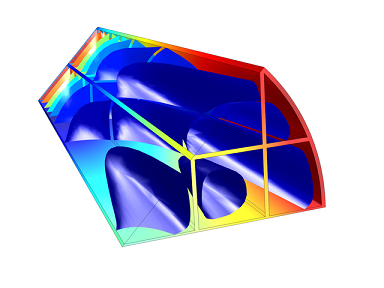
Modeling Chemical Reactions: Thermal Stress Analysis
The beauty of COMSOL is that it provides a unified modeling platform no matter what type of simulations you are performing. This is almost unique to the CAE market. Recently we showed you how to model chemical reactions using a monolith reactor as our example. First we walked you through solving the reaction kinetics and then involving plug flow, next we created a full-scale 3D model of the reactor. A chemical engineer may feel comfortable using a software optimized for […]
